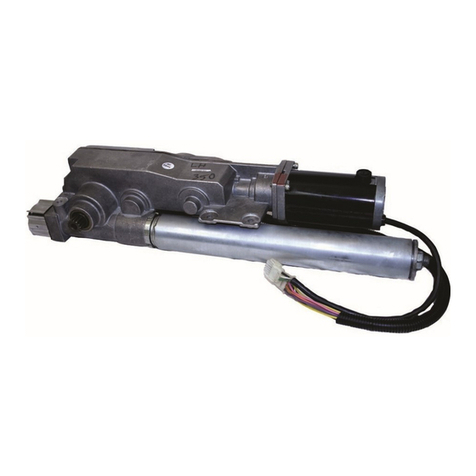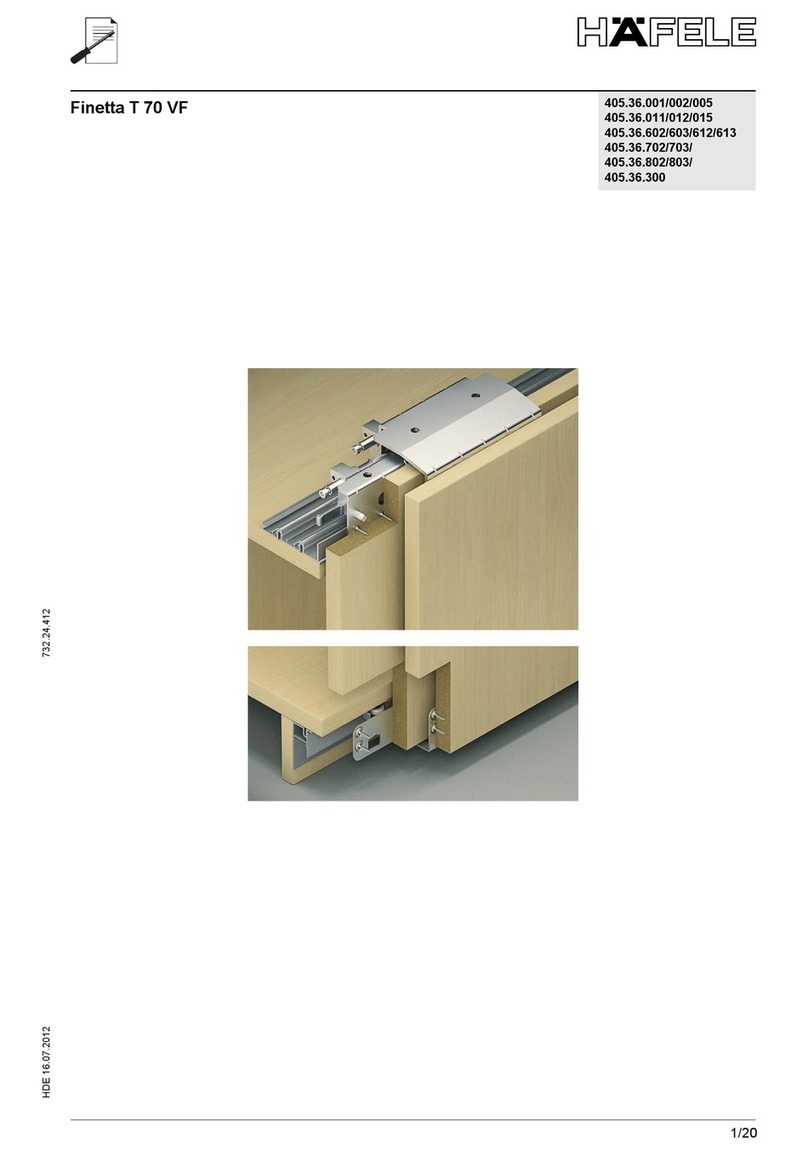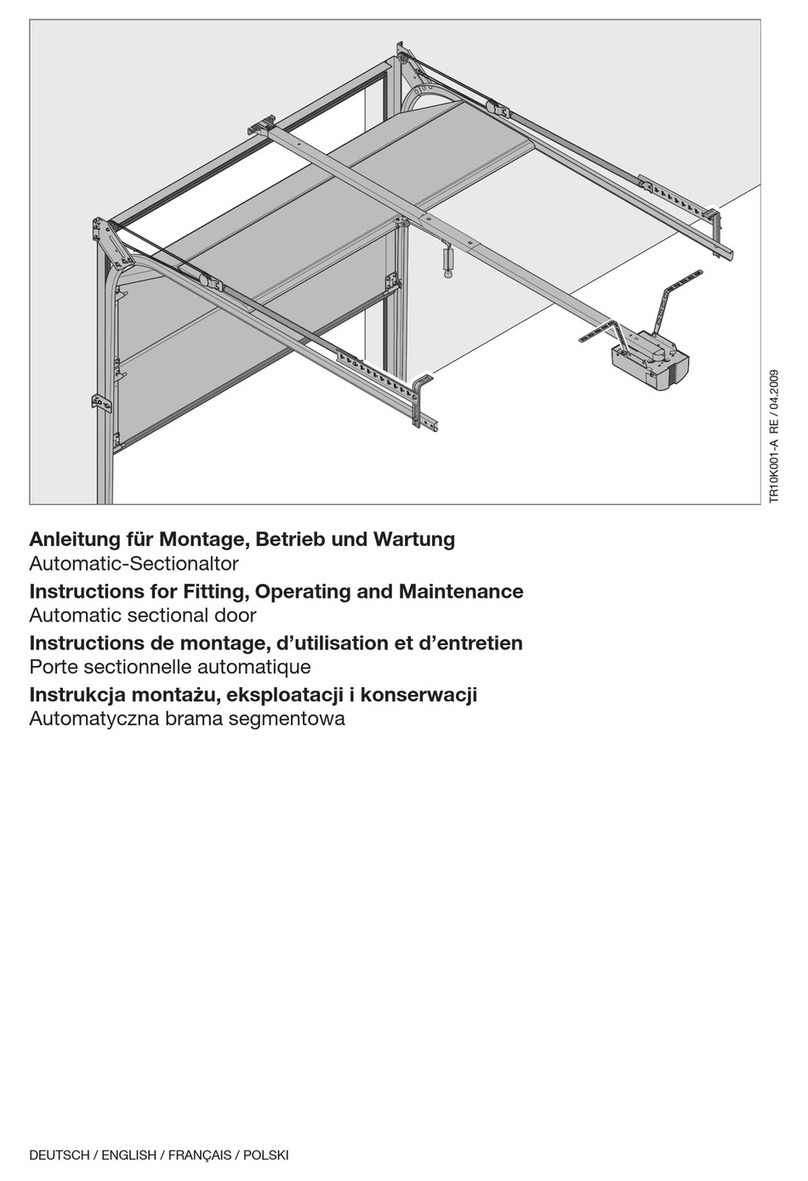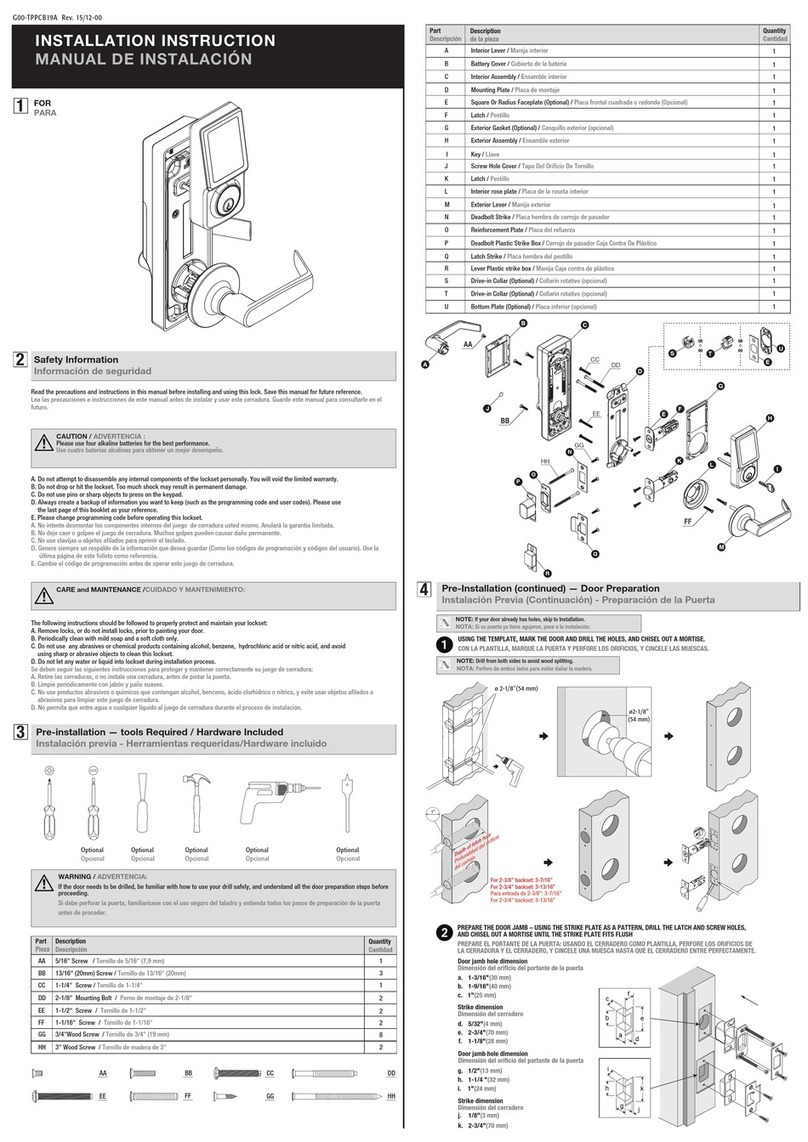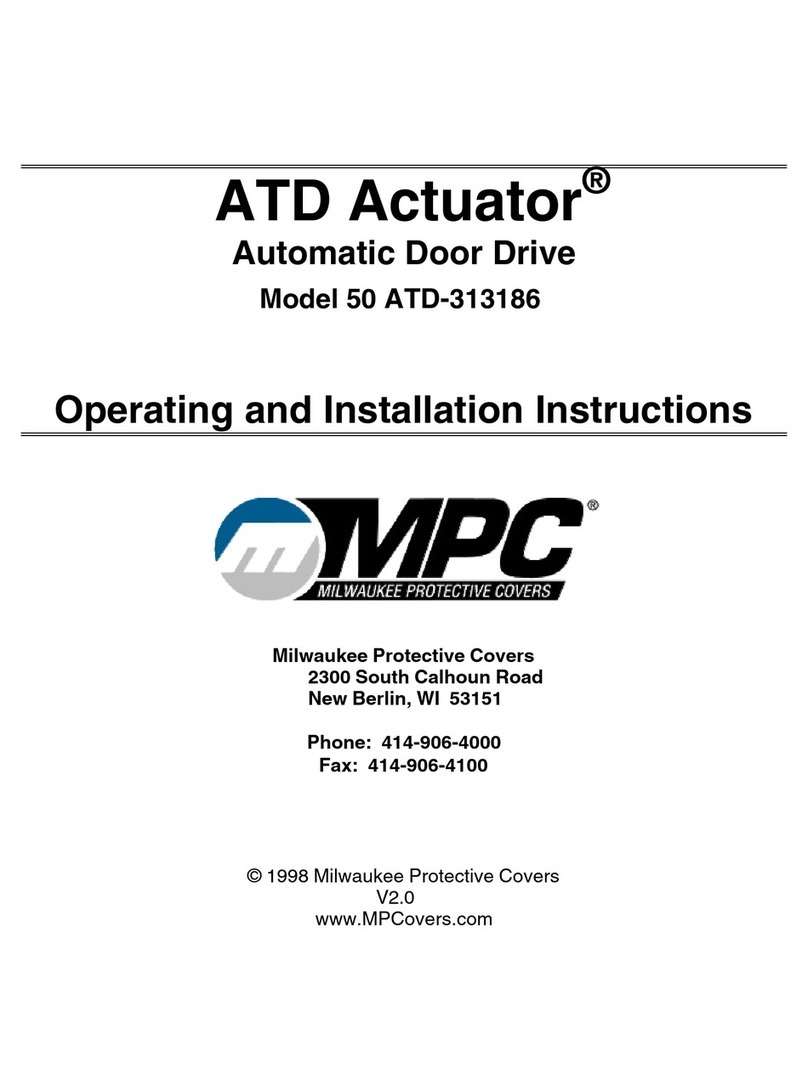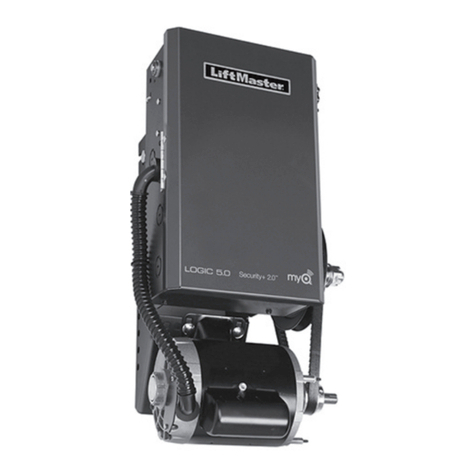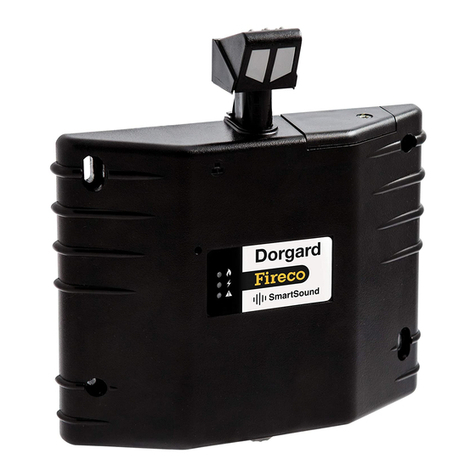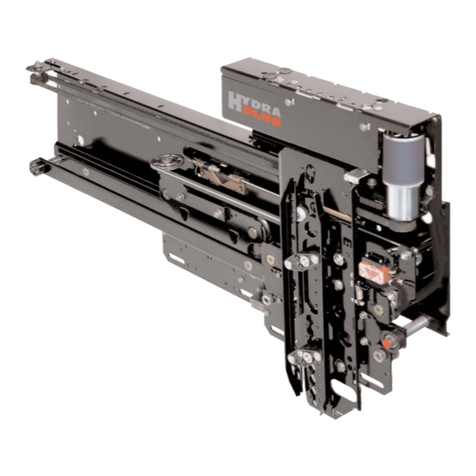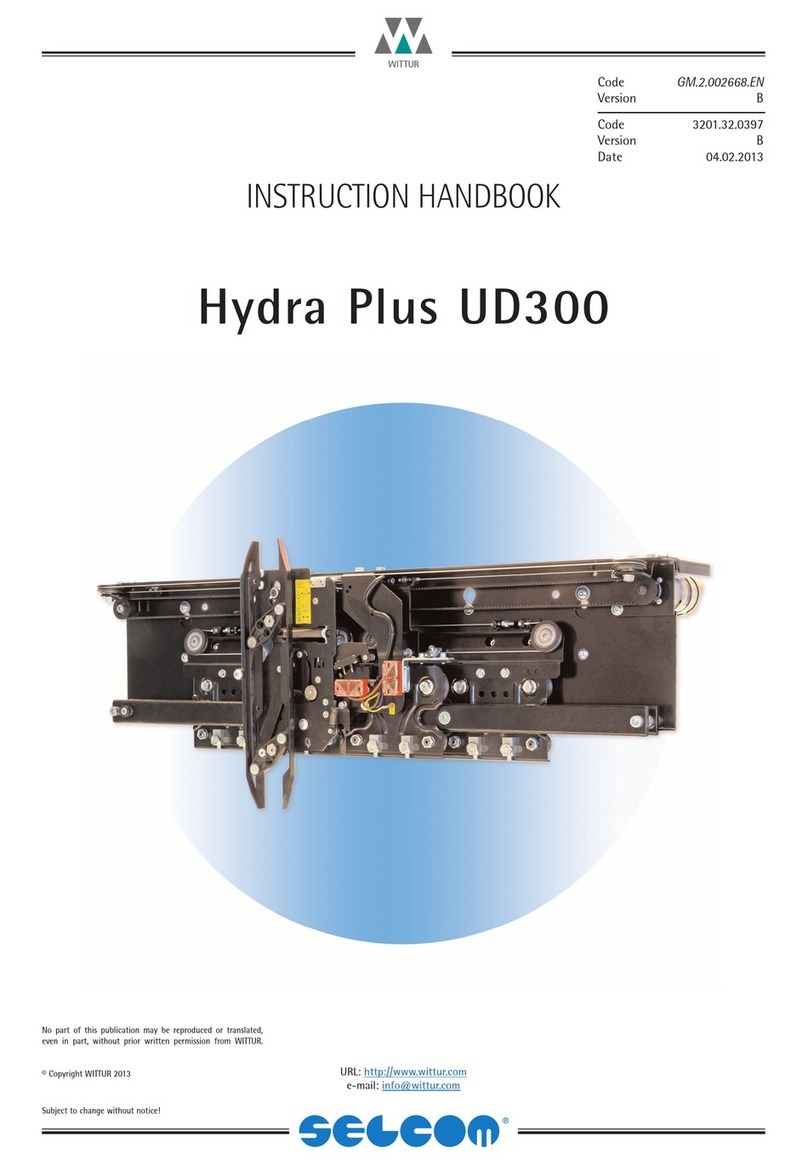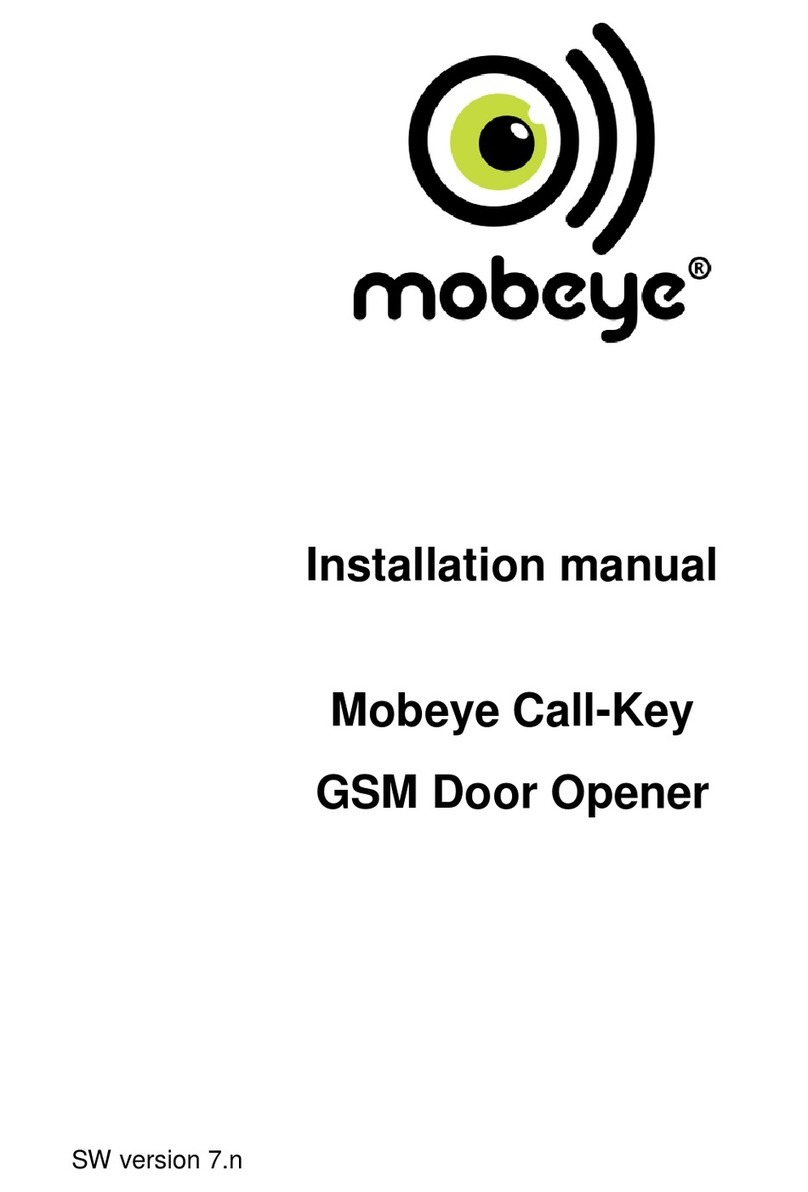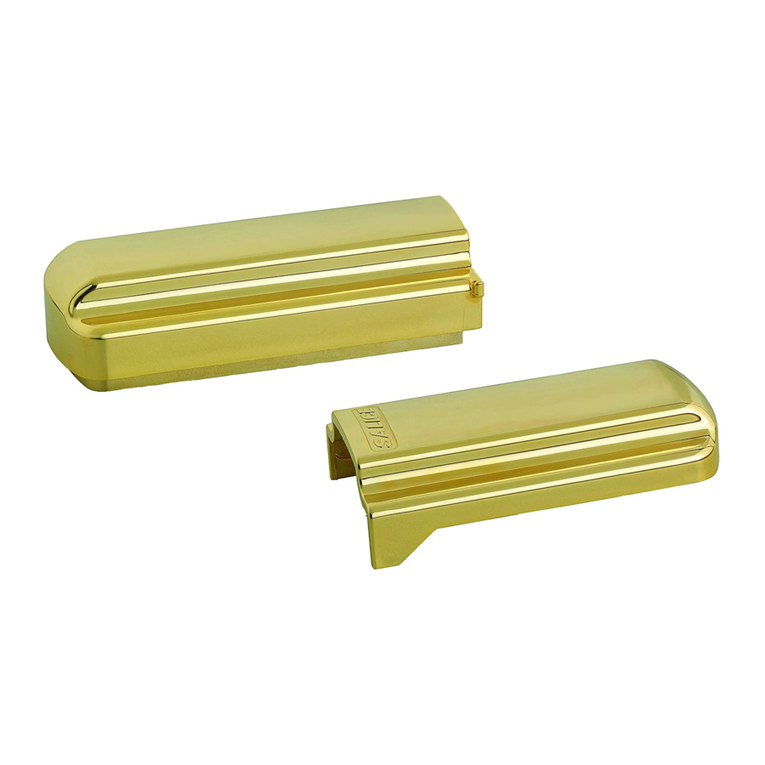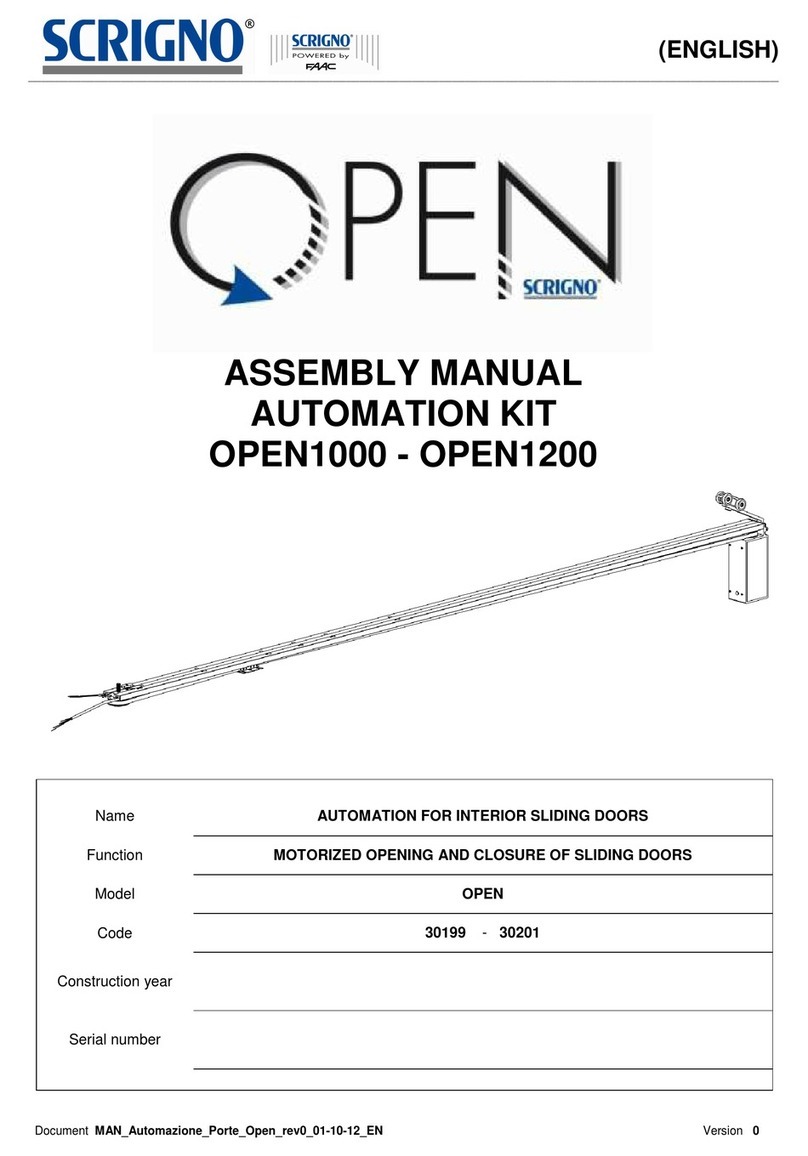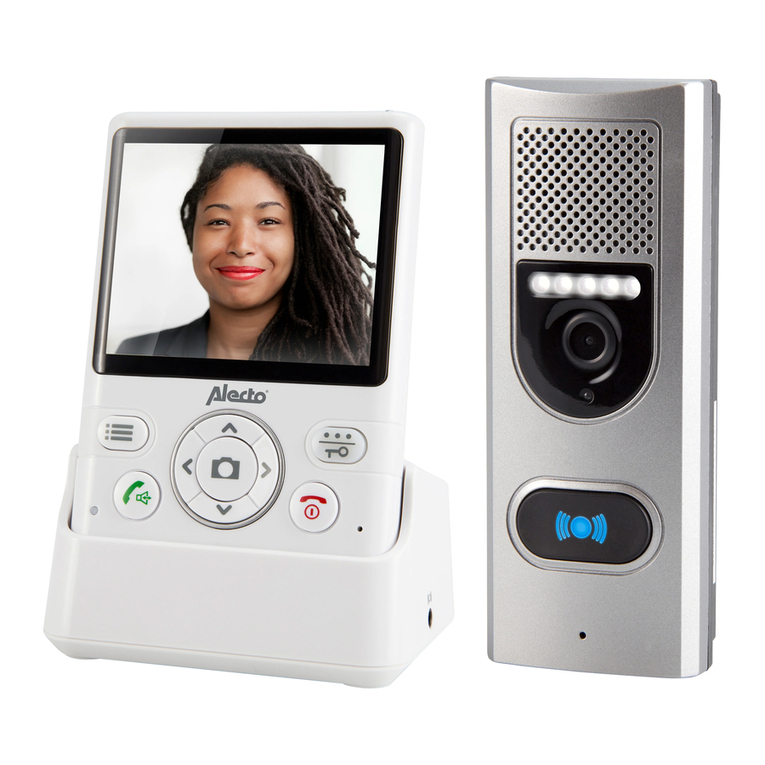
------------------------- -------------------------
Installation Sheet
Page PM.10.002886.EN.006
WSE 81 PLUS and WSE EVO
Date 08.02.2016
P/No: 500 852GB/Version 1
Technical Details – Model WSE 81 PLUS
Technical Details – Model WSE EVO
10 mm x 33,5 mm x 2005 mm
10 mm x 33,5 mm x 2005 mm
4 m on transmitter T and receiver R
4 m on transmitter T and receiver R
Fixing kits supplied
10 x Nr. 8 x 12 mm S/T screws
6 x Nr. 6 x 16 mm self-drill screws
6 x M3.5 Shakeproof washers
10 x Nr. 8 x 12 mm S/T screws
6 x Nr. 6 x 16 mm self-drill screws
6 x M3.5 Shakeproof washers
beam and bottom of
housing
25 mm 20 mm
Distance between top beam
and bottom of housing 1808 mm 1629 mm
Number of diodes /detector
Distance between Diodes
Diodes 122mm bottom 24 Diodes 61mm, top 8 Diodes 45,7mm
Number of beams
84 on detector distance more as 500mm,
52 on less than 500mm and 18 on less than 200mm
174 on detector distance more as 500mm,
94 on less than 200mm
2 V DC continuous, @max. 100 mA, max peak 44V
42 V DC continuous, @max. 100mA, max peak 44V
Output signal
N/C or N/O Voltage free relay contact, V=Max. 45VAC,
current = Max. 0,35A, Max. ON Resistance = 2 Ohm
N/C or N/O Voltage free relay contact, V=
current = Max. 0,35A, Max. ON Resistance = 2 Ohm
1 red LED in receiver detector R (visible through lens)
1 red LED in receiver detector R (visible through lens)
10 °C to 60 °C as perBS2011, part 2.1 Ab and part2.2 Bb
10 °C to 60 °C as perBS2011, part 2.1 Ab and part2.2 Bb
25 °C to +60 °C; 24 hours maximum on each temperature
25 °C to +60 °C; 24 hours maximum on each temperature
humidity 93% BS2011, part 2.1 Db: 1981, Variant 2 at +55 °C 93% BS2011, part 2.1 Db: 1981, Variant 2 at +55 °C
Emissions to EN 12015, immunity to EN 12016
Emissions to EN 12015, immunity to EN 12016
accordance with BS EN 60529: 1992
IP65 in accordance with BS EN 60529: 1992
Vibrations
Random vibration: 20 to 500 Hz 0,002 g²/Hz 4 hours per
axis
Sinusoidal vibration: 30 Hz 3,6 g 30 min per axis
Random vibration: 20 to 500 Hz 0,002 g²/Hz 4 hours per
axis
Sinusoidal vibration: 30 Hz 3,6 g 30 min per axis
